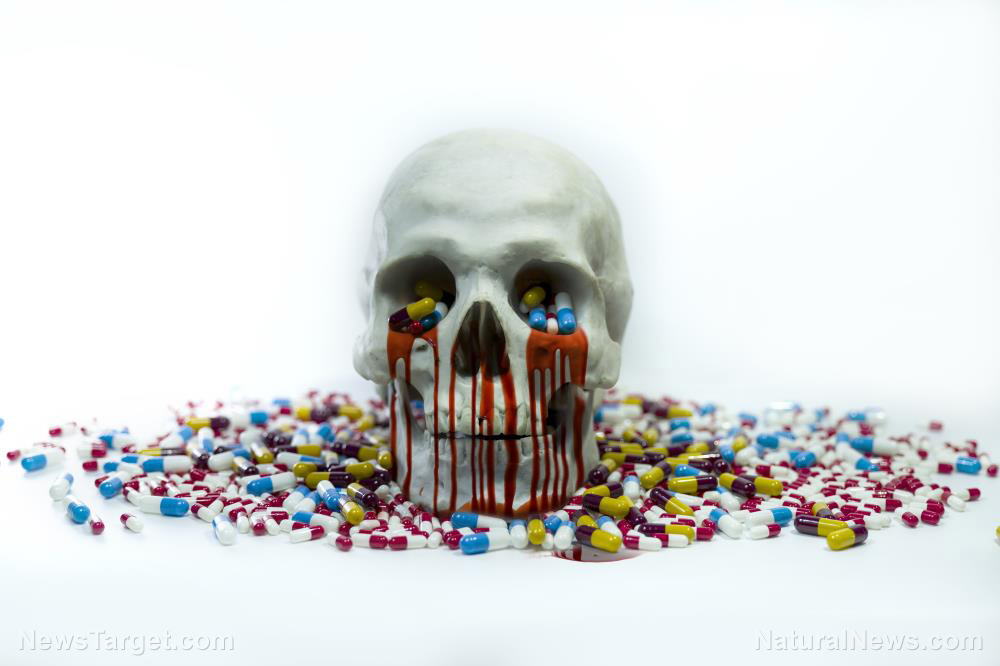
The two steps that the FDA and HHS will take were outlined in a new document called the Safe Importation Action Plan. The first of these steps will implement a provision of federal law to allow the importation of drugs from Canada. These imported drugs will have to meet certain conditions to make sure that they don’t pose any risk to the health and safety of the American public.
The other way, as highlighted in the plan, is to import the same FDA-approved drug sold in a foreign country. These drugs would still need to be verified by the FDA to ensure that they’re the same as those sold in the U.S. market. Should that condition be met, then the FDA would allow the foreign version to be imported and sold in the country.
“Today’s action is an important part of FDA’s priorities to promote choice and competition,” said FDA commissioner Stephen M. Hahn. “The Safe Importation Action Plan aims to clearly describe procedures to import drugs that would lower prices and improve access while also maintaining the high quality and safety Americans expect and deserve.”
New guidance allows import of cheap drugs
The steps take advantage of a provision within the Federal Food, Drug and Cosmetic’s Act to allow the importation of drugs.
Under the new rule, states (including the District of Columbia and territories), Indian tribes and even pharmacists and wholesalers – in certain future circumstances – submit importation program proposals to the FDA for review and authorization. These programs can also be co-sponsored by a state, Indian tribe, pharmacist or wholesaler.
These programs, referred to as Section 804 Importation Programs, will be managed by their respective sponsor and any co-sponsors and authorized by the FDA to facilitate the importation of the drugs, with appropriate labeling. These drugs would have to be relabeled with the required U.S. labeling after undergoing testing.
In addition, the programs will have to demonstrate a significant cost reduction of the covered product to the American consumer.
In guidance issued on Sept. 24, the FDA describes procedures for a drug manufacturer to obtain a National Drug Code (NDC) for certain FDA-approved drugs, including biological products and combination products intended for sale in a foreign country.
According to the FDA, using an NDC for these drugs may allow companies greater flexibility to offer them at a lower price than what their current distribution contracts require.
Prescription drugs, including biological products, imported through this method could be available to patients in various settings. This includes hospitals, health care providers’ offices or licensed pharmacies, and would include the FDA-approved labeling – including prescribing information.
New steps part of Trump’s “America First” healthcare plan
The steps outlined in the Safe Importation Action Plan are part of President Donald Trump’s America First healthcare plan, as outlined in the press release issued by the HHS on Sept. 24, Thursday.
Aside from lowering the prices of drugs through importation, the healthcare plan also considers healthcare plans and insurance by lowering healthcare insurance premiums.
“The President’s Plan delivers better care, more choice, and lower costs for all Americans,” said HHS Secretary Alex Azar. “Because of the President’s leadership, Americans will enjoy lower drug costs, lower insurance premiums, real access to prices of healthcare services and to their medical records, new protections from surprise bills, and the ability to work with their doctor to determine what treatments make sense for them.”
The plan also comes as Trump announced the signing of an executive order on drug pricing.
“Just signed a new Executive Order to LOWER DRUG PRICES! My Most Favored Nation order will ensure that our Country gets the same low price Big Pharma gives to other countries,” Trump stated on Twitter. “The days of global freeriding at America’s expense are over, and prices are coming down FAST! Also just ended all rebates to middlemen, further reducing prices.”
For more on how big pharmaceutical companies are charging American’s more for drugs, follow BigPharmaNews.com.
Sources include:
Please contact us for more information.





















